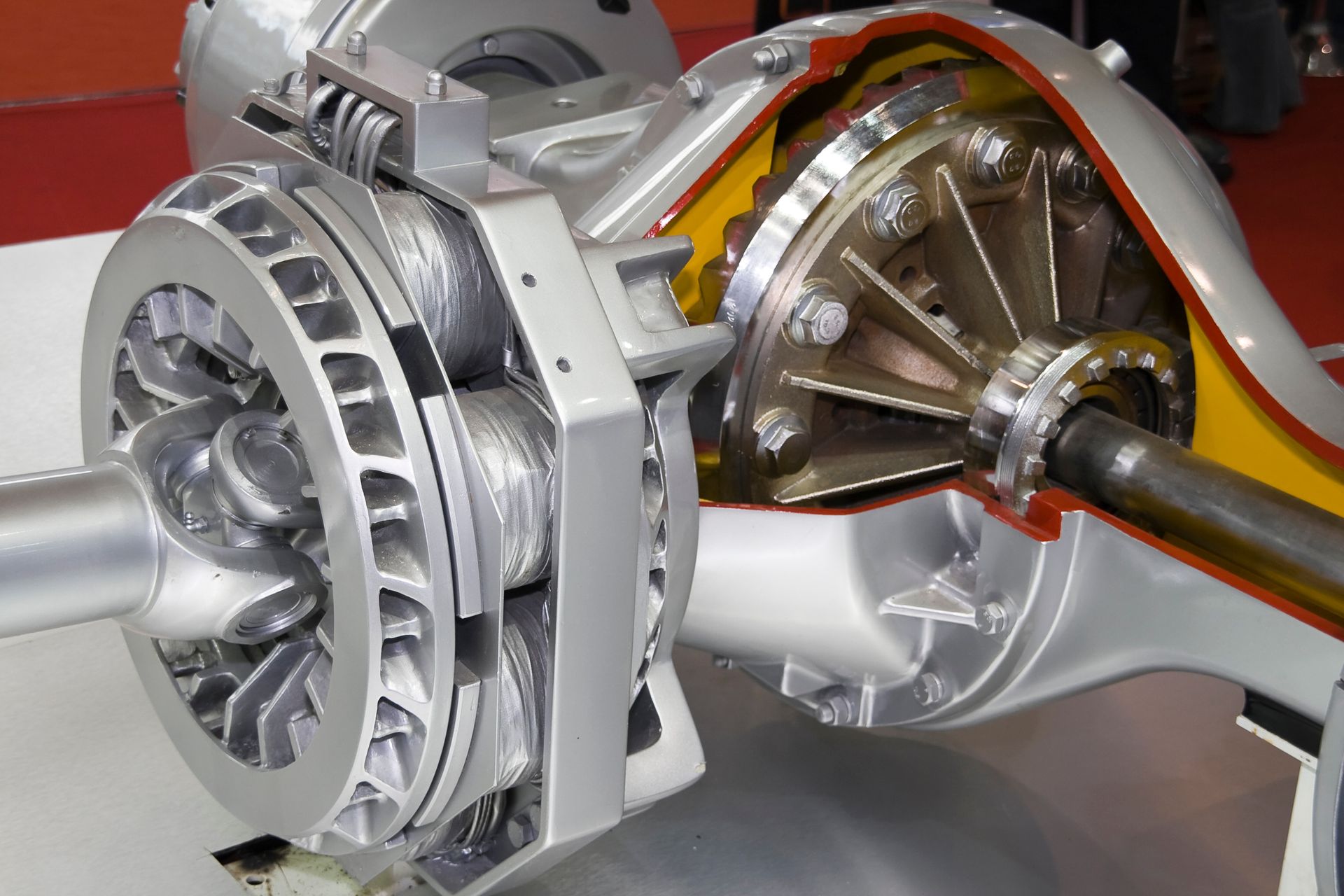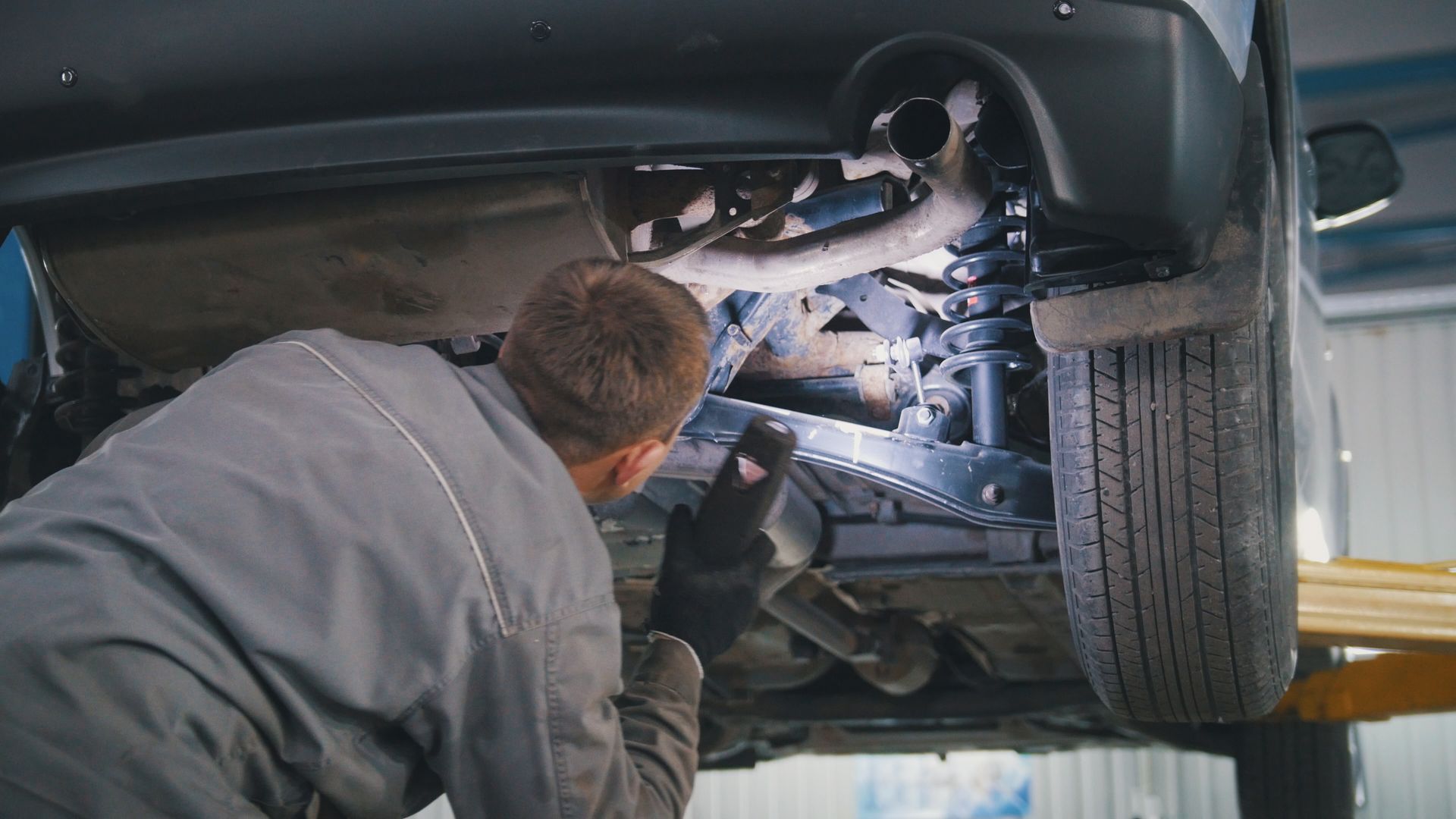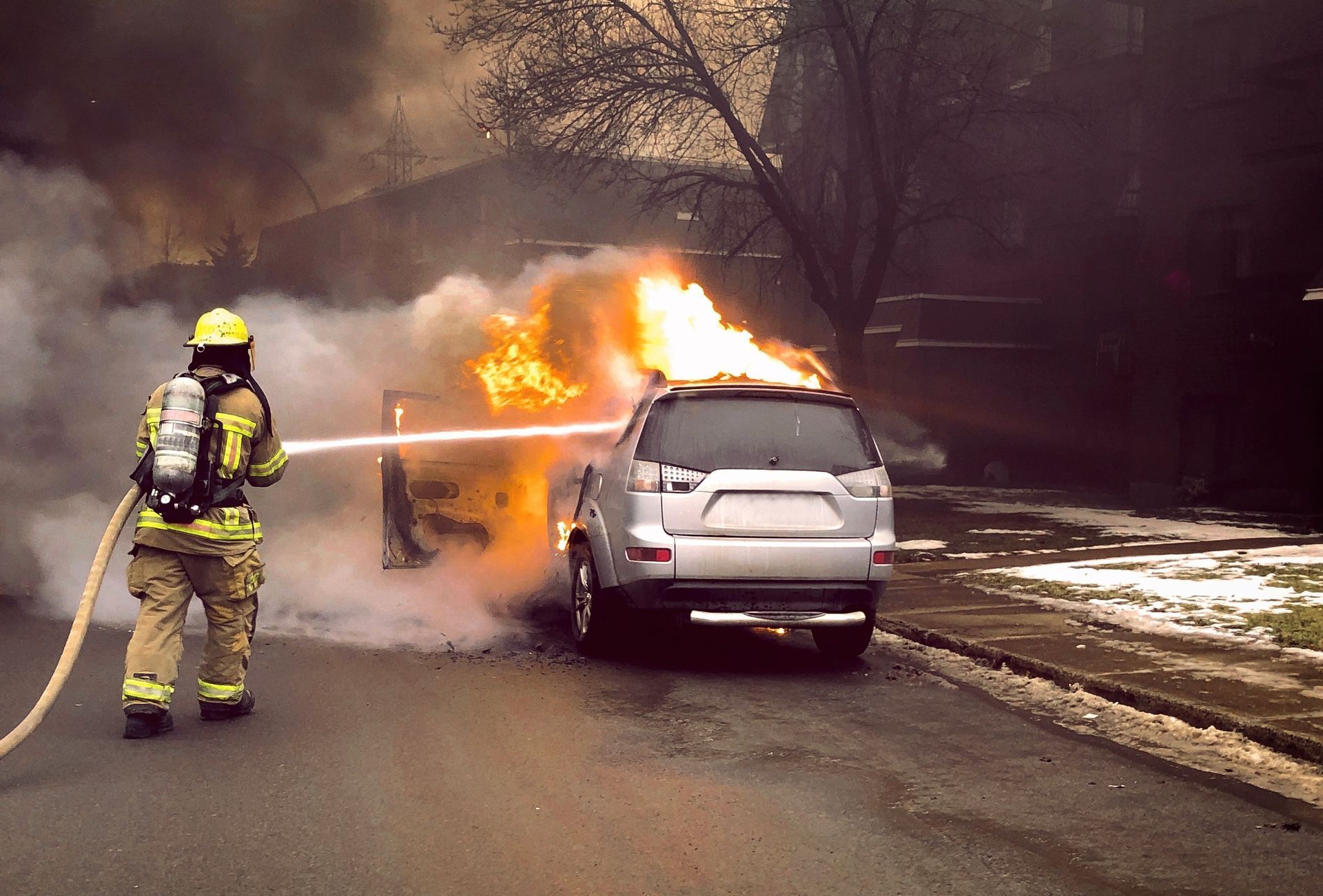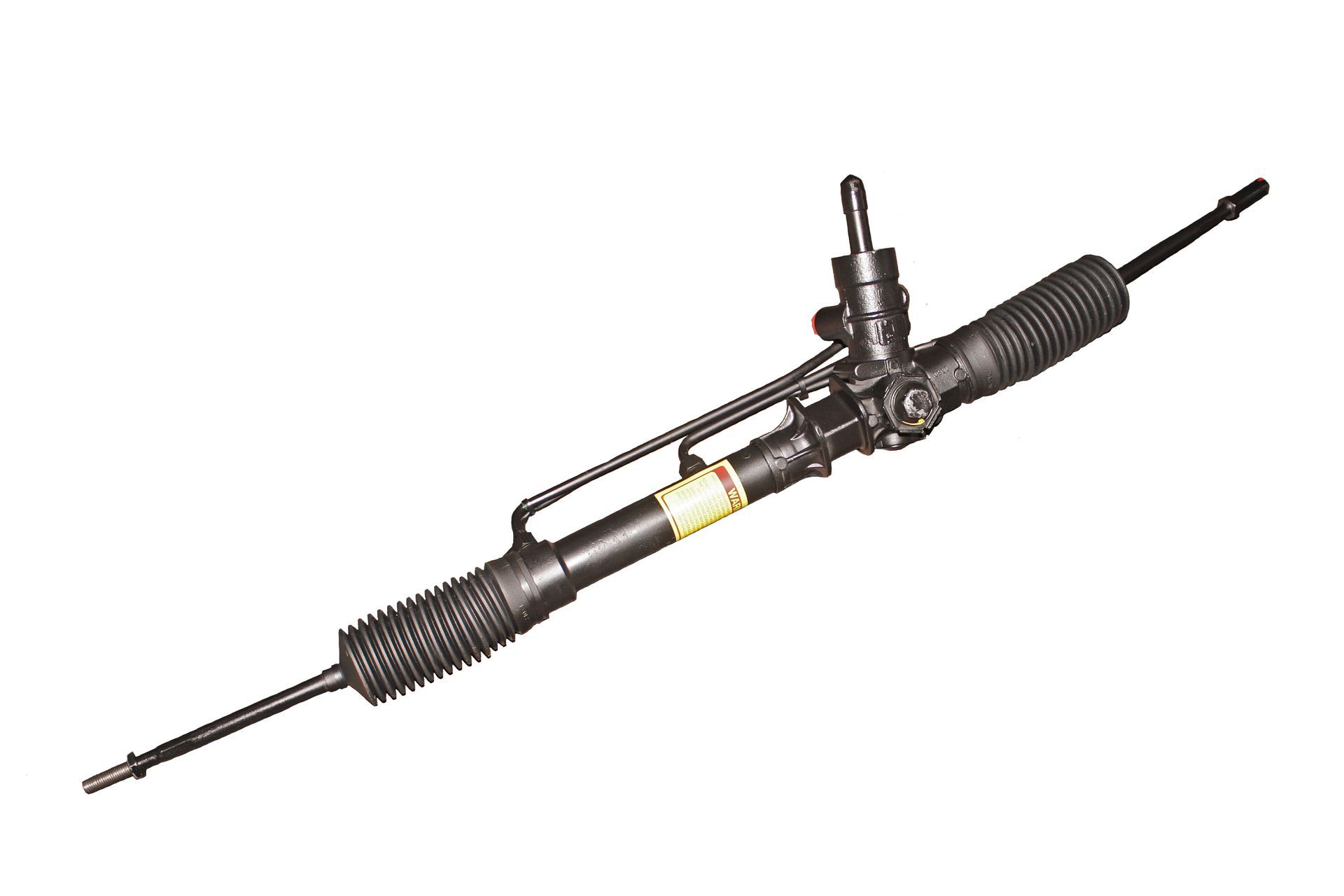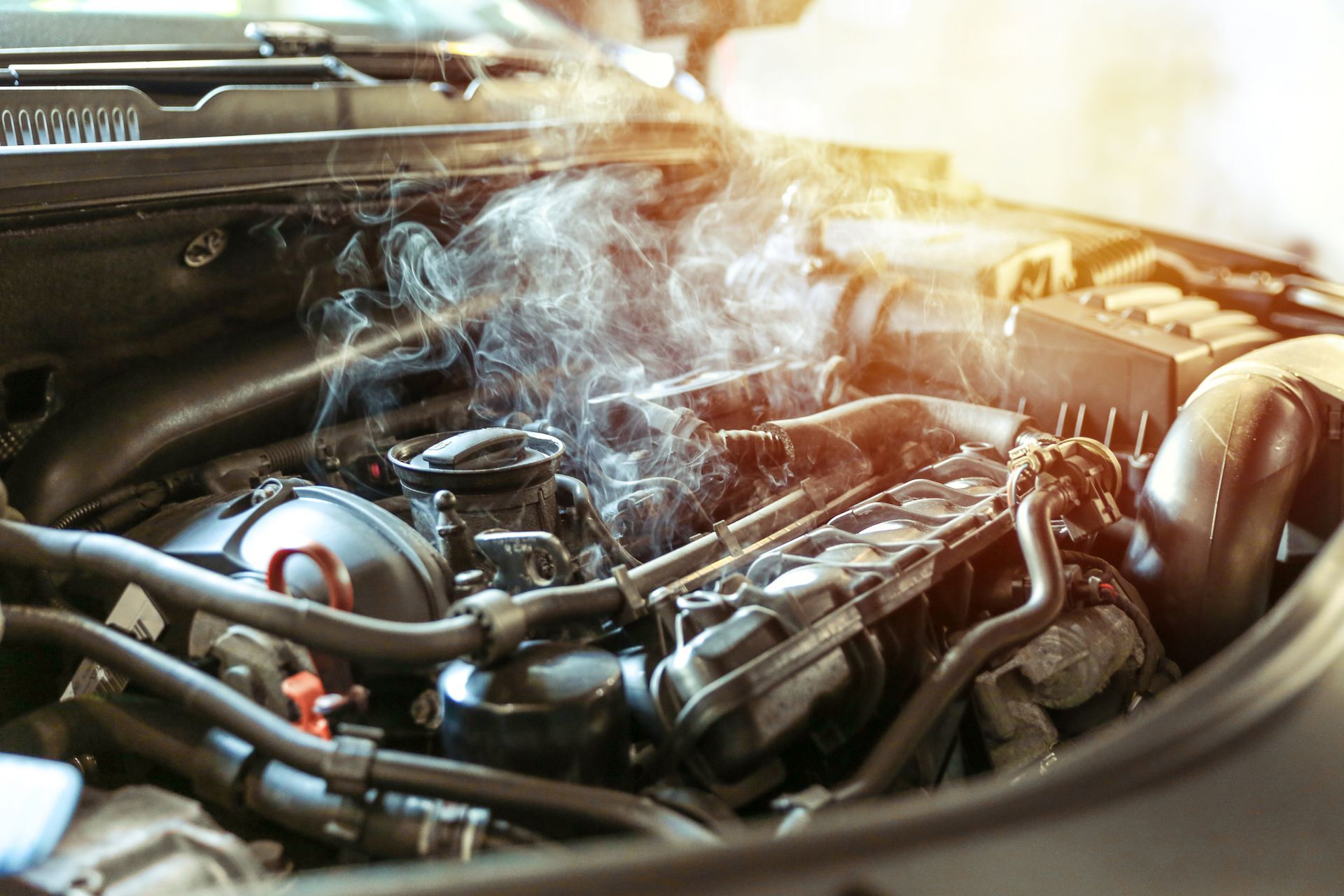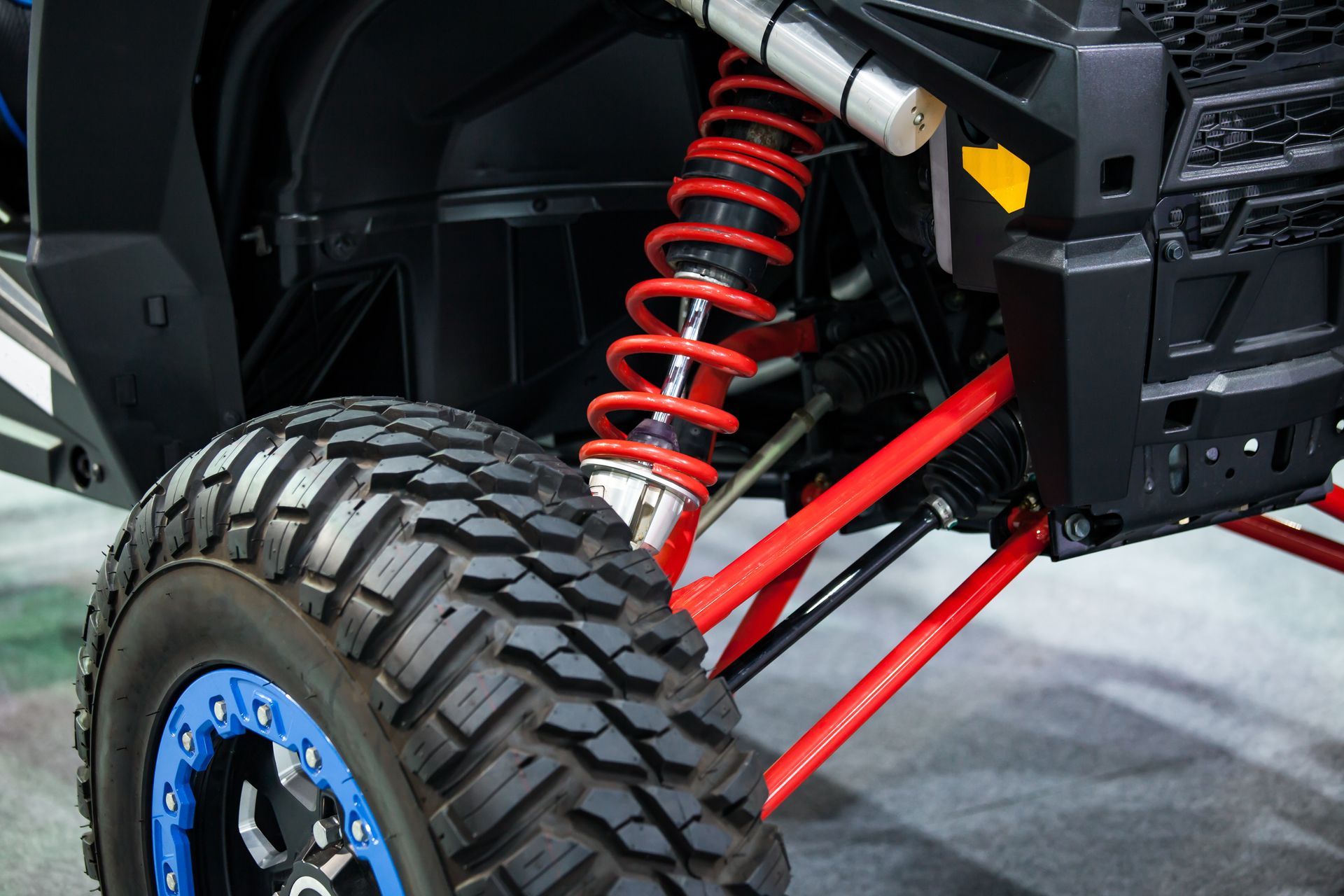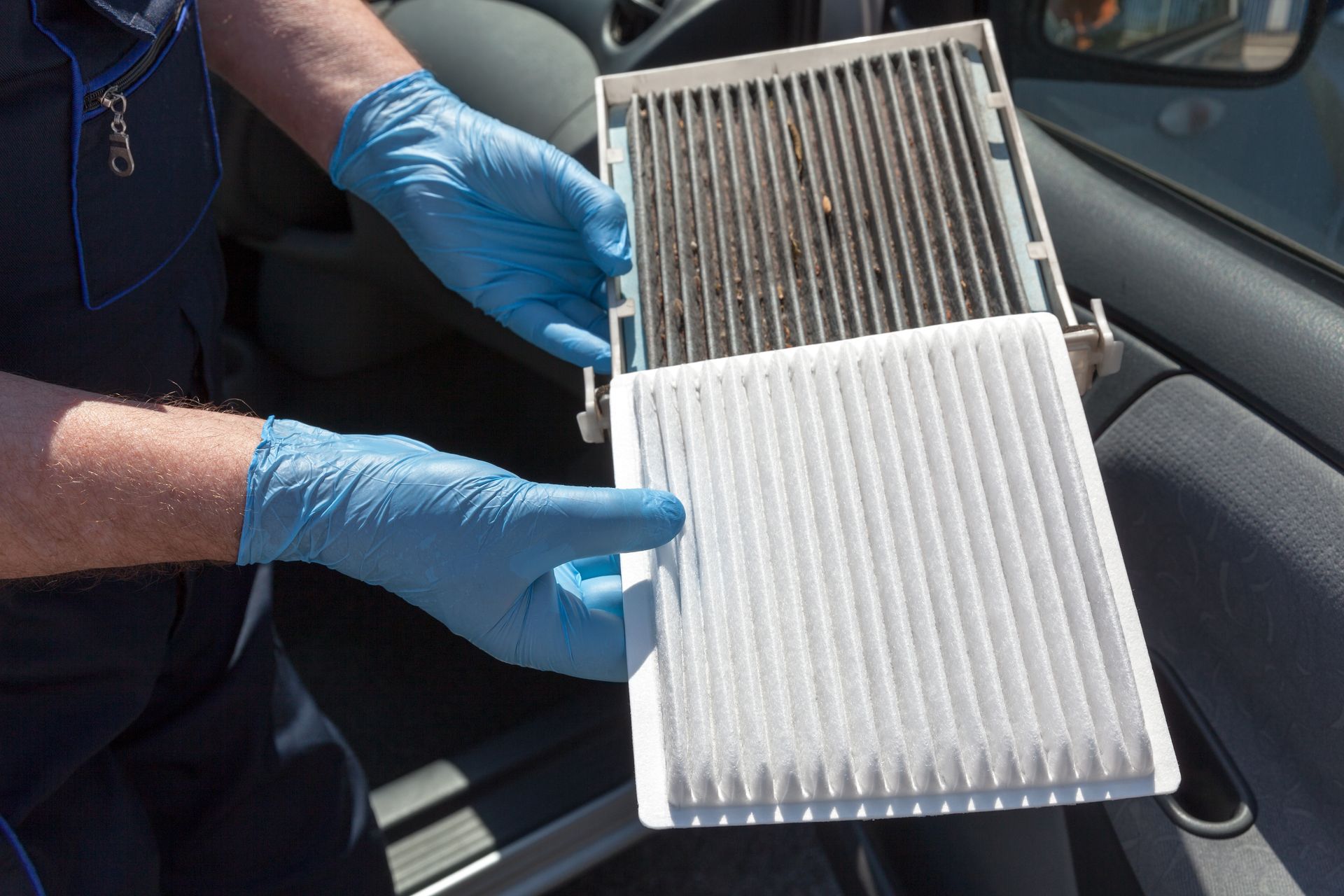Every car on the road today is designed to meet strict emissions standards, ensuring that harmful pollutants are kept to a minimum. However, as vehicles age and components start to wear out, emission problems can crop up and potentially lead to a failure during an emissions test, or worse, contribute to environmental pollution. Understanding what these common emission problems are can help you maintain your car better, avoid costly repairs, and do your part in keeping the air cleaner. Let’s break down the most frequent emission-related issues drivers might face and why they matter.
Faulty Oxygen Sensors
A malfunctioning oxygen sensor is one of the most frequent emission-related problems in cars. This small but crucial part measures the amount of unburnt oxygen in the exhaust system and sends the data to the vehicle’s engine control unit (ECU). Based on this information, the ECU adjusts the air-fuel mixture to ensure the engine runs efficiently. When the oxygen sensor fails, it can send incorrect readings, leading to either too much or too little fuel being burned.
Why does this matter? A faulty oxygen sensor not only reduces your car’s fuel efficiency but also leads to higher emissions of pollutants such as nitrogen oxides (NOx) and carbon monoxide (CO). Replacing a faulty oxygen sensor is generally inexpensive compared to the long-term cost of poor fuel economy and excessive emissions.
Exhaust Leaks and Catalytic Converter Failures
Your car's exhaust system plays a vital role in controlling emissions. Exhaust leaks are a common problem, particularly in older vehicles, and they can result in higher emissions as well as reduced engine performance. The main concern with exhaust leaks is that harmful gasses like carbon monoxide can escape before they reach the catalytic converter, a device designed to neutralize these pollutants.
The catalytic converter itself can also experience problems. This component converts harmful gasses into less dangerous emissions, but over time, it can become clogged or fail. When this happens, emissions of hydrocarbons, nitrogen oxides, and carbon monoxide can significantly increase. If your catalytic converter is failing, you might notice a drop in engine performance, reduced fuel efficiency, or even the appearance of a check engine light.
Malfunctioning EGR (Exhaust Gas Recirculation) Valve
Another common emission-related issue stems from the EGR valve. The purpose of this component is to reduce nitrogen oxide emissions by recirculating a portion of the exhaust gasses back into the engine’s cylinders. This helps lower combustion temperatures and keeps NOx emissions in check.
A faulty EGR valve can result in either too much or too little exhaust gas being recirculated, which can cause engine knock, poor fuel economy, and higher levels of emissions. If the valve is stuck closed, nitrogen oxides may not be properly reduced. On the other hand, if it’s stuck open, the engine may stall or idle roughly. Regular inspections and timely cleaning or replacement of the EGR valve can prevent these issues from worsening.
Worn Spark Plugs and Ignition System Issues
Though often overlooked, spark plugs and the ignition system are essential for keeping emissions under control. Spark plugs ignite the air-fuel mixture in the engine, ensuring smooth combustion. However, worn or dirty spark plugs can lead to incomplete combustion, which results in higher emissions of hydrocarbons and unburned fuel.
Faulty spark plugs can cause engine misfires, reduced performance, and poor fuel efficiency, in addition to increased emissions. Regularly replacing spark plugs according to the manufacturer’s recommendations is a simple yet effective way to avoid these problems and keep your emissions in check.
Injectors and Air-Fuel Mixture
Issues within the fuel system can also lead to elevated emissions. Fuel injectors, responsible for delivering fuel into the engine, can become clogged over time. When this happens, the air-fuel mixture becomes unbalanced, either too rich or too lean. A rich mixture burns too much fuel, increasing carbon monoxide and hydrocarbon emissions, while a lean mixture can produce excess nitrogen oxides.
Similarly, a malfunctioning mass airflow sensor, which measures the amount of air entering the engine, can cause the engine to run inefficiently, leading to increased emissions. Regular cleaning or replacing of fuel injectors and sensors can go a long way in keeping your fuel system—and emissions—under control.
Concerned about your car's emissions? Bring it to
Wrench Junkies for a thorough inspection. We’ll diagnose and fix any issues, ensuring your vehicle runs efficiently while keeping emissions low. Book your appointment today!
